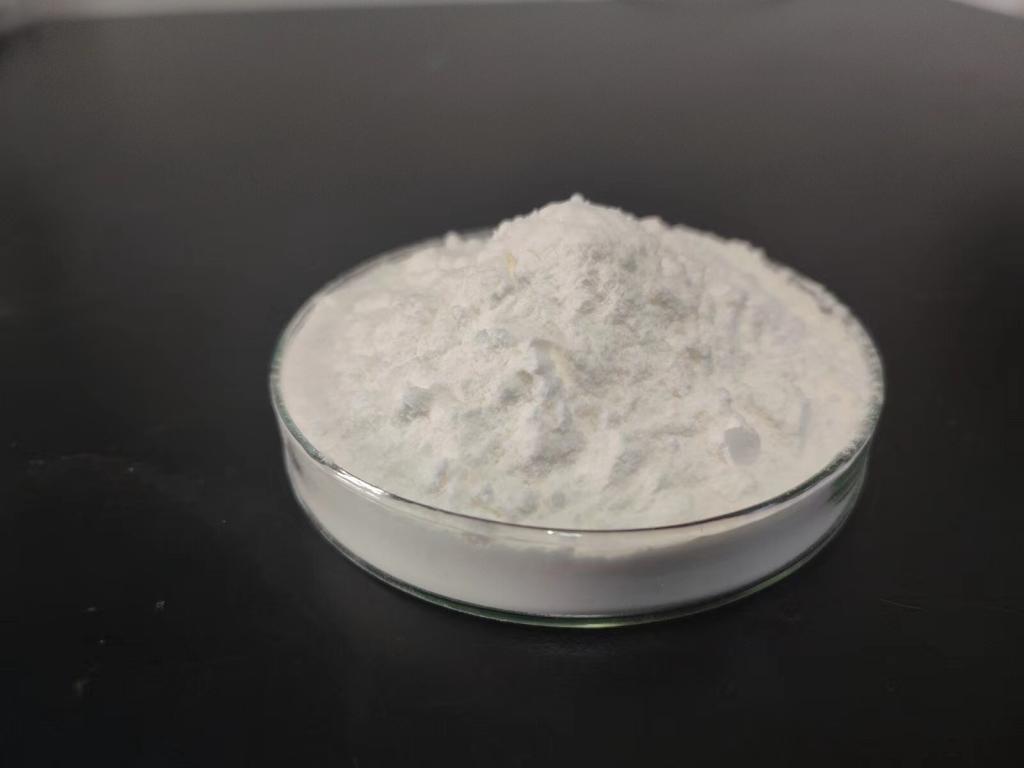Tel:+8618231198596

News
 CONTACT
CONTACT
 CONTACT
CONTACT
- Linkman:Linda Yao
- Tel: +8618231198596
- Email:linda.yao@dcpharma.cn
- Linkman:CHARLES.WANG
- Department:Overseas
- Tel: 0086 0311-85537378 0086 0311-85539701
News
Current Position:
Home >
News
>Advancements in Precision Agriculture: The Integration of ε-Polylysine Hydrochloride
Advancements in Precision Agriculture: The Integration of ε-Polylysine Hydrochloride
TIME:2024-02-29
I. Precision Agriculture: A Technological Revolution
Definition and Objectives:
Precision agriculture involves the use of technology to optimize various aspects of farming, from crop management to resource utilization.
The primary objectives include maximizing crop yields, minimizing environmental impact, and enhancing overall farm efficiency.
Technological Components:
Precision agriculture incorporates technologies such as GPS, sensors, drones, and data analytics to collect and analyze information about soil, weather, and crop conditions.
These technologies enable farmers to make informed decisions, tailoring their practices to specific needs within their fields.
II. The Role of ε-Polylysine Hydrochloride in Precision Agriculture
Understanding ε-Polylysine Hydrochloride:
ε-Polylysine Hydrochloride is a naturally occurring antimicrobial peptide derived from Streptomyces albulus through fermentation processes.
Its unique properties, including biodegradability and antimicrobial activity, make it a potential candidate for sustainable and targeted applications in agriculture.
Potential Applications in Precision Agriculture:
ε-Polylysine Hydrochloride can be integrated into precision agriculture practices to address specific challenges and optimize farming outcomes.
Its antimicrobial properties can be harnessed for targeted pathogen control, promoting crop health and reducing reliance on chemical pesticides.
III. Precision Management of Crop Health
Targeted Disease Control:
The antimicrobial activity of ε-Polylysine Hydrochloride enables targeted control of soilborne and foliar pathogens.
Precision application methods, such as localized treatments or seed coatings, allow farmers to address specific diseases without affecting non-target organisms.
Biopesticide Alternatives:
As the demand for sustainable farming practices grows, ε-Polylysine Hydrochloride serves as a potential biopesticide alternative.
Precision application ensures that only areas affected by pathogens receive treatment, minimizing the environmental impact associated with broad-spectrum chemical pesticides.
IV. Precision Nutrient Management
Enhancing Nutrient Availability:
ε-Polylysine Hydrochloride can be employed to enhance nutrient availability in the soil.
Precision application allows for targeted delivery of nutrients to specific areas, optimizing resource use and reducing the risk of nutrient runoff.
Microbial Modulation:
Precision agriculture recognizes the importance of microbial communities in soil health and nutrient cycling.
ε-Polylysine Hydrochloride can be applied to modulate microbial populations selectively, fostering a balanced and beneficial soil microbiome.
V. Challenges and Considerations
While ε-Polylysine Hydrochloride holds promise for precision agriculture, challenges and considerations must be addressed:
Optimal Dosage and Application Methods:
Determining the optimal dosage and application methods for ε-Polylysine Hydrochloride in different crops and soil types is essential.
Research efforts should focus on refining application protocols to maximize efficacy and minimize unintended consequences.
Ecological Impact:
Assessing the ecological impact of ε-Polylysine Hydrochloride on non-target organisms and soil functions is crucial.
Comprehensive studies are needed to evaluate its long-term effects on soil microbial communities and overall ecosystem health.
Integration with Sustainable Practices:
The use of ε-Polylysine Hydrochloride should be integrated with other sustainable agricultural practices to ensure holistic approaches to crop management.
Collaborations between scientists, agronomists, and environmental experts are necessary for developing integrated solutions.
VI. Case Studies and Success Stories
Examining case studies where ε-Polylysine Hydrochloride has been successfully integrated into precision agriculture provides practical insights into its real-world applications. These cases can showcase the effectiveness of targeted interventions and guide future implementations.
VII. Future Prospects and Innovations
The future of ε-Polylysine Hydrochloride in precision agriculture lies in ongoing research and innovations. Exploring new applications, refining protocols, and developing synergistic approaches with other precision agriculture technologies will contribute to its continued advancement.
VIII. Conclusion
ε-Polylysine Hydrochloride stands at the forefront of advancements in precision agriculture, offering a targeted and sustainable approach to crop management. As the agricultural sector seeks solutions to feed a growing global population while minimizing environmental impact, the integration of ε-Polylysine Hydrochloride into precision farming practices holds great promise. By harnessing its antimicrobial properties for specific challenges in disease control and nutrient management, farmers can optimize yields and contribute to a more sustainable and efficient future in agriculture. As research and collaboration continue to drive innovation, ε-Polylysine Hydrochloride exemplifies how precision agriculture technologies can revolutionize the way we cultivate and manage crops, ensuring food security and environmental stewardship for generations to come.
- Tel:+8618231198596
- Whatsapp:18231198596
- Chat With Skype







